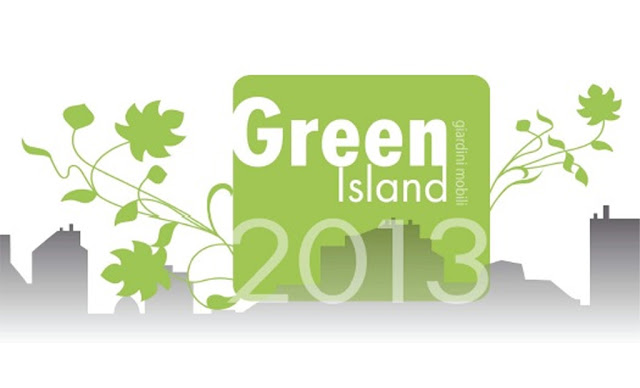Catapult Design is an interdisciplinary design practice that
brings engineering, technology, and products to resource-limited
settings.
They
are engineers, designers, implementers, and educators. They design
products, introduce technologies, and foster trends that are
appropriate, self-sustaining, socially
responsible and culturally sensitive.
"The
majority of our world’s population lacks access to life’s basic
needs. We develop and implement human-centered products to help them
thrive".
Catapult Design
focuses on delivering culturally sensitive, environmentally friendly,
location-appropriate solutions for communities in need. Technology
can empower and liberate. A single, effective product has more
potential for worldwide impact – by providing clean water, food,
shelter, or income – than any other existing development approach.
Through the introduction of inexpensive and simple yet life-altering
products the lives of more than 2 billion poverty-stricken people
around the globe can be dramatically improved.
With
the philosophy that successful products require local knowledge,
Catapult Design ensures that these products are accessible, meaningful
to local individuals and culturally sensitive to the end-users.
Founded
in 2009 in San Francisco, in a few years their list of accomplishments is impressive
from harnessing wind power in rural Central America to dealing with
water scarcity in arid regions of Africa.
All
of its work is undertaken on a fee-for-service basis, providing
engineering and implementation support to nonprofits as well as
governments, social ventures, and even 500 companies.
More
info







































